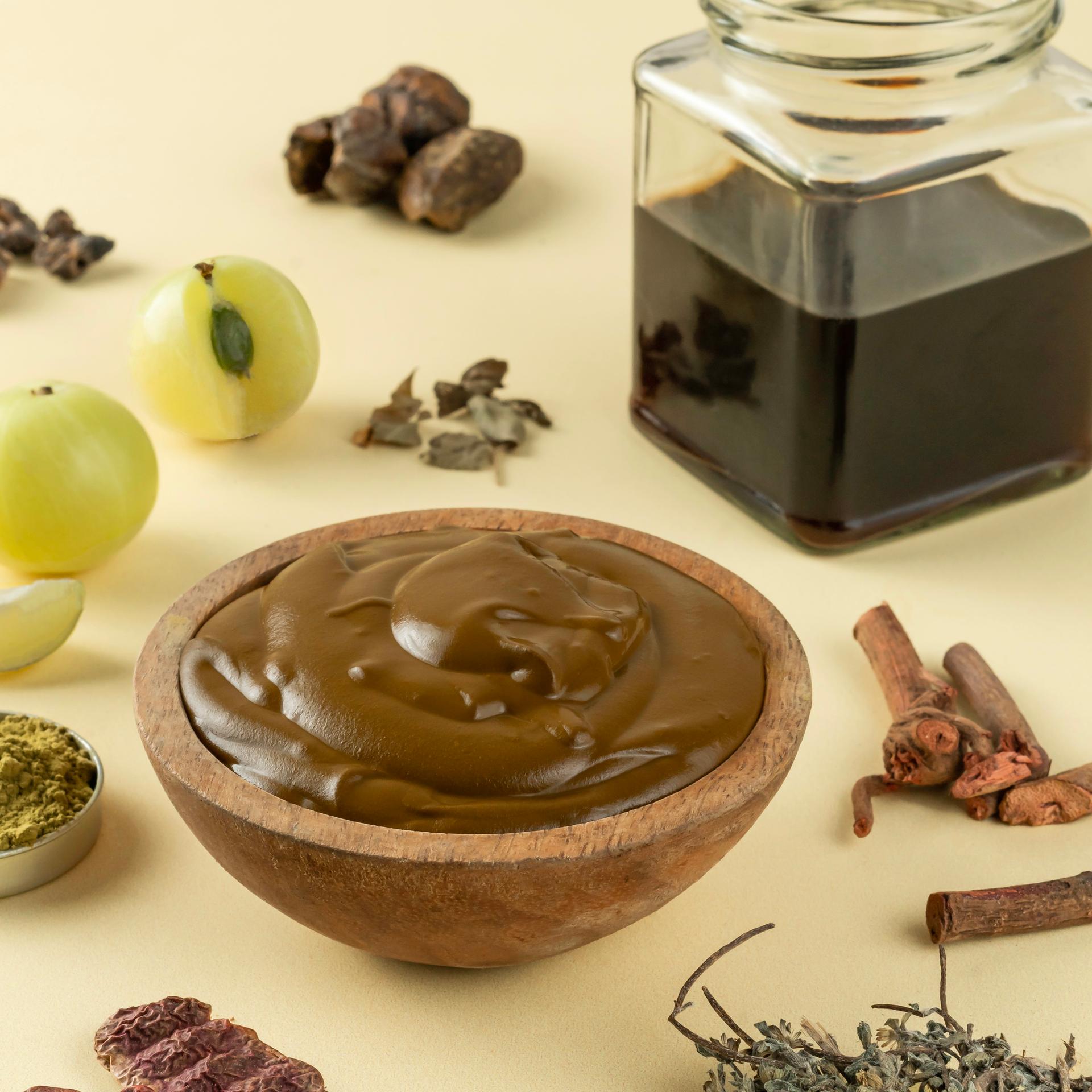
How to Identify Quality Henna
4 key indicators to look for
By Nat Habit
From the beloved memories of our grandmothers and the tales passed down through generations, henna has been a big part of our tradition. The aroma of henna mixing in the air and the warmth of rich stains with shared nostalgic stories binds us all to our roots. But nowadays finding that perfect aroma and that nostalgic stain has become difficult, owing to poor quality henna in the market. It's more than just a cosmetic choice but a nod to the tradition, and a link to our heritage.
In this guide, we'll explore four key factors that help you differentiate between the good quality and the not-so-great henna at home.
Stain Test or Dye Release Test:
This test involves applying a small amount of self-prepared or ready to apply henna on your palm. The stain of henna serves as an indicator of its quality, reflecting its purity and potency.
Procedure: Mix the henna powder with water to create the paste. Apply a very small amount of that mixture, likely from a cotton bud on your palm.
Let it dry for 5 – 10 minutes and then wash it off. Wait for at least 24 hours to observe the shade and assess the results.
Natural henna, when it is free from any chemicals or additives, will consistently yield a richer and more vibrant stain compared to adulterated alternatives.
What’s in Your Henna? “The Ingredient List”:

Henna at a pure level, contains only natural henna powder and tea water. Certain natural ingredients and herbs like amla, rosemary, coffee and manjistha can be added to increase the potency. However, it is very crucial to ensure the absence of harmful additives. One should always check the ingredients list before purchasing or preparing the henna paste.
Henna with a minimal ingredient list, primarily comprising natural components, is the hallmark of a quality product.
Say No to Black Henna:
Black henna is typically formed by merging henna and indigo or through the addition of dyes, harmful additives and chemicals. Any contrary claims are considered myths. Natural henna is a much safer choice, ensuring beautiful colour without compromising your hair quality.
Is your Henna rightly filtered:

Filtered henna is the result of henna powder being meticulously sifted to eliminate plant components like twigs and stems, which do not contribute to the desired stain. It is crucial to sift it at least 4-5 times to ensure the exclusion of any extraneous materials. Failing to do so not only impacts the smoothness of the paste but, more importantly, hinders the ability to achieve a good stain.
Conclusion:
By paying attention to the colour imparted by the stain, scrutinising the ingredients list, dodging the ball of black henna, and opting for the filtered varieties, you can unmistakably select the high-quality henna for yourself. Embrace the natural beauty of henna while ensuring a vibrant shade without compromising the quality of your tresses.
Learn more



